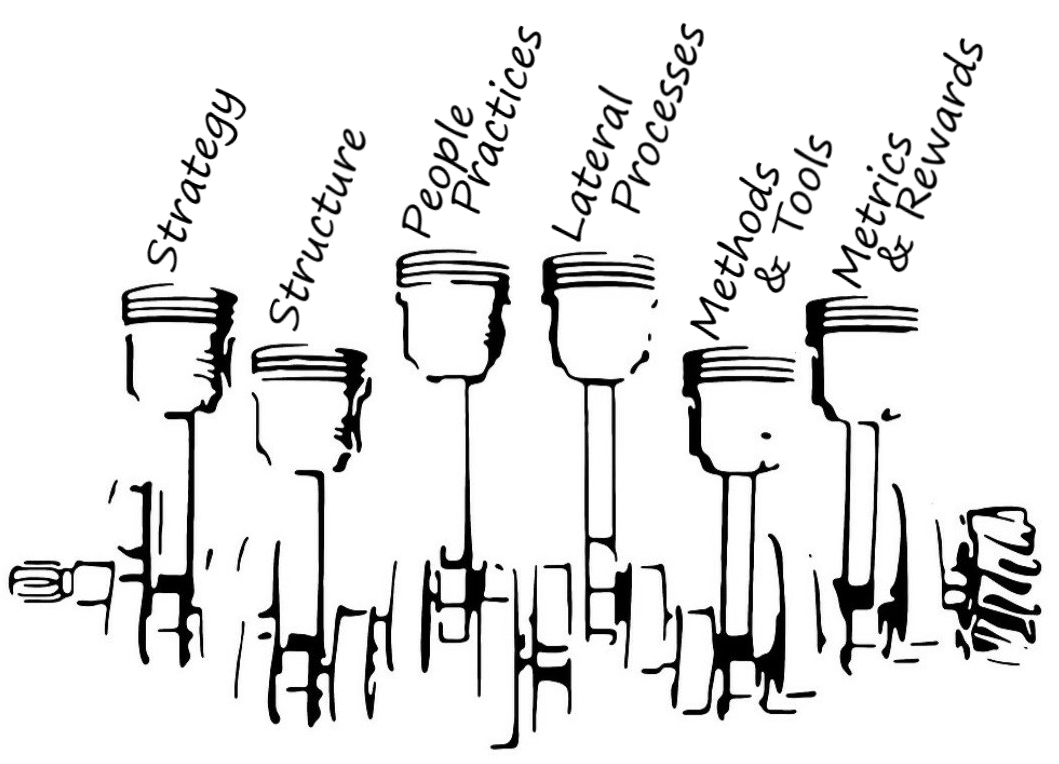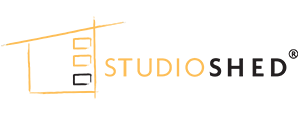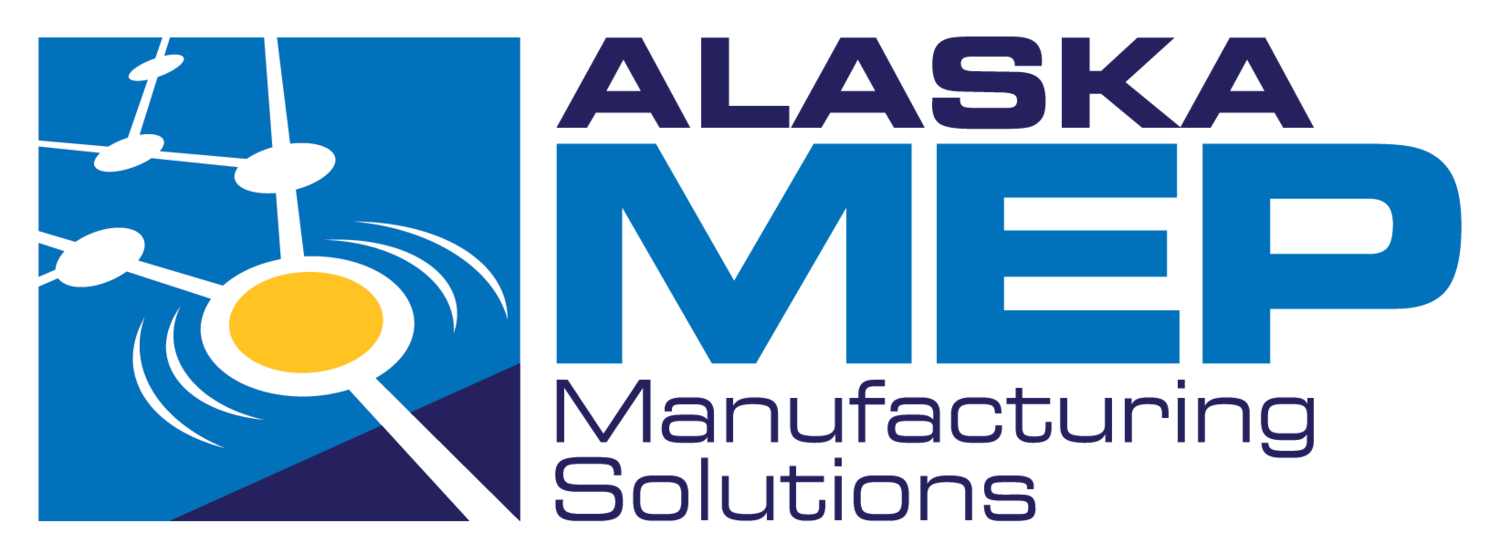How We Help Companies
The Straight6™ Approach
Imagine your business is a vehicle. Your vehicle is purposely built to reach a destination carrying goods and services, and to deliver its people or passengers. The driver is the business leader and they must have a destination of where they are driving the vehicle, that destination is the strategy. The managers are the mechanics. They need to ensure that the organization is ready to go the distance to achieve the strategy. The passengers are the employees, all have a defined seat in the vehicle and a role that delivers the cargo. The vehicle must have an engine that powers the operation to deliver its cargo to the end customer. The engine must work to drive the vehicle along its delivery path, so the customers receive the goods and services. To optimize the delivery the engine must be aligned to the organization’s strategy. Your vehicle’s engine is a straight six-cylinder engine (commonly found in most BMWs and Volkswagens). Each cylinder must be timed perfectly, or your engine won’t run efficiently. Each cylinder represents different business needs:

The engine must be finely tuned to the strategy that the vehicle is driving towards. Our Business Excellence Optimization Assessment helps identify when the engine needs to be tuned and can diagnose the engine’s issues and opportunities. The Business Excellence Optimization Assessment is the on-board diagnostics code reader that monitors a car’s computer system and reports diagnostic trouble codes. The trouble codes help determine what programs, systems, and methods the vehicle (organization) needs to fix. This is The Straight6™ model. The Straight6™ represents the six critical attributes that have to be aligned to the strategy in order to drive to the destination that the organization is focused on. When they are not optimized, they cause pain and the symptoms start to surface. As one of the founders of organizational design has stated, “organizations are perfectly designed to get the results they are getting today, if you do not like the results you are getting then it is time to redesign the organization!” In this case, if the organization does not achieve its strategic plans and goals, it is time to diagnose the problem. All cylinders must fire and be timed correctly to achieve the desired results.
Strategy
Strategy identifies the destination, the objectives, and goals that the organization is trying to achieve. If the strategy is missing, unclear, or not agreed upon it can result in confusion throughout the organization.
Structure
Structure aligns the leadership functions to the strategy. If the structure is not aligned it can result in friction throughout the organization, silos will form, and collaboration will stop or not exist.
People Practices
People work within the structure. They build the goods and services that the organization is trying to deliver. If people are not enabled and empowered, then the organization will experience low performance.
Lateral Processes
Lateral processes enable the coordination and collaboration of the people’s work. It binds the organization’s structure and work methods together. If the organization has poor communication and collaboration, then they are likely to experience gridlock.
Methods and Tools
The methods and tools are the processes, systems, and standards that the people use in order for the organization to make their products. If there are no standards defined, then the company will have significant variation.
Metrics and Rewards
Metric and reward systems help the organization know how they are doing against their strategy, helps identify issues along the way, and allows for the organization to respond when they are missing their targets. If the metrics and rewards do not support the goals, then there can be internal competition.
Testimonials
“The team at BXG is fun to work with. They take seemingly very difficult problems and make them enjoyable to work through…”
– Mike Koenig, President/Co-Founder

“They assessed our center on how to optimize its performance in the phase that we are in and guided us through the 6 cylinder process to build a strategy and action plan so we could hit our metrics and grow the centers capability…”
Alyssa Rodrigues, Ph.D, Director

